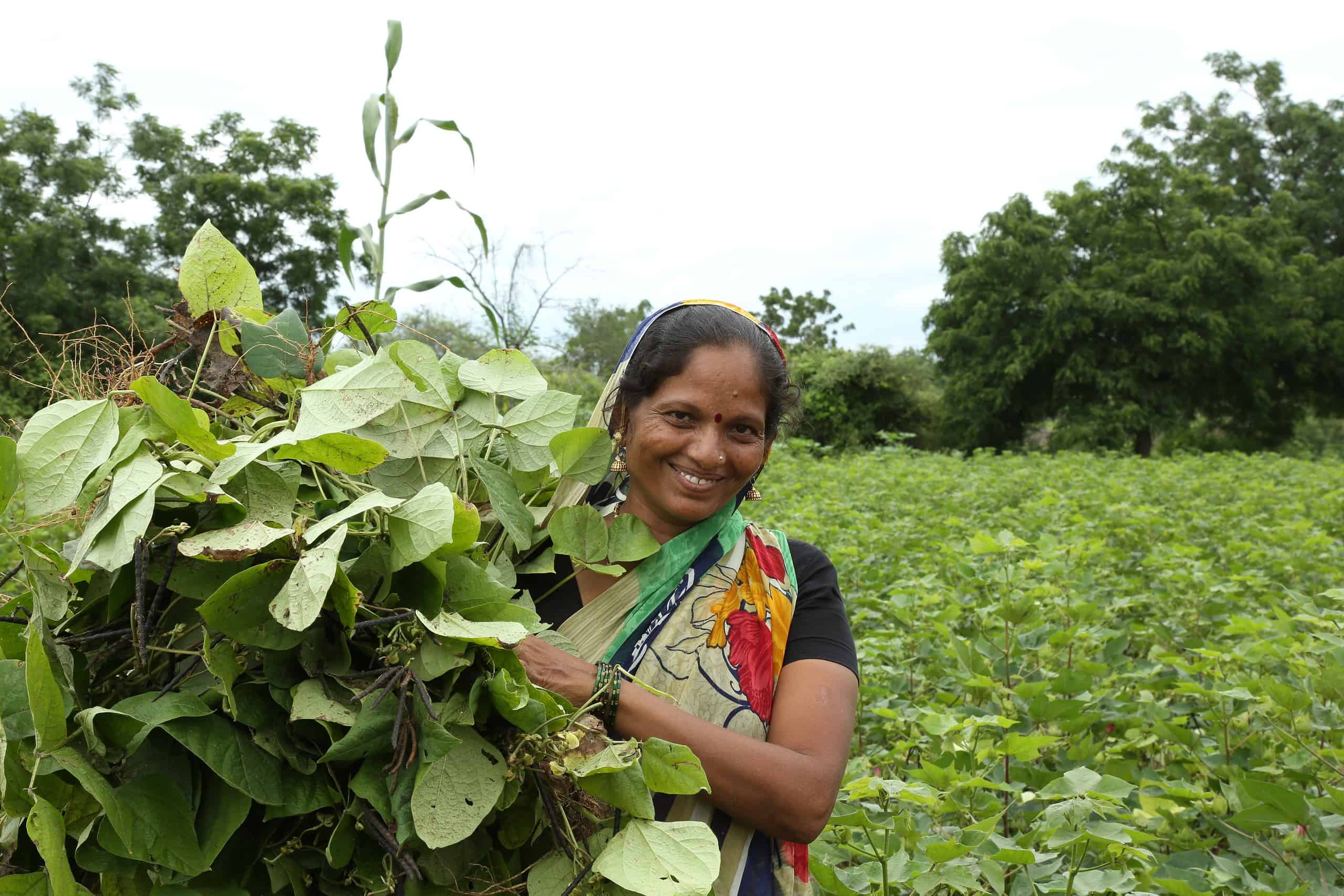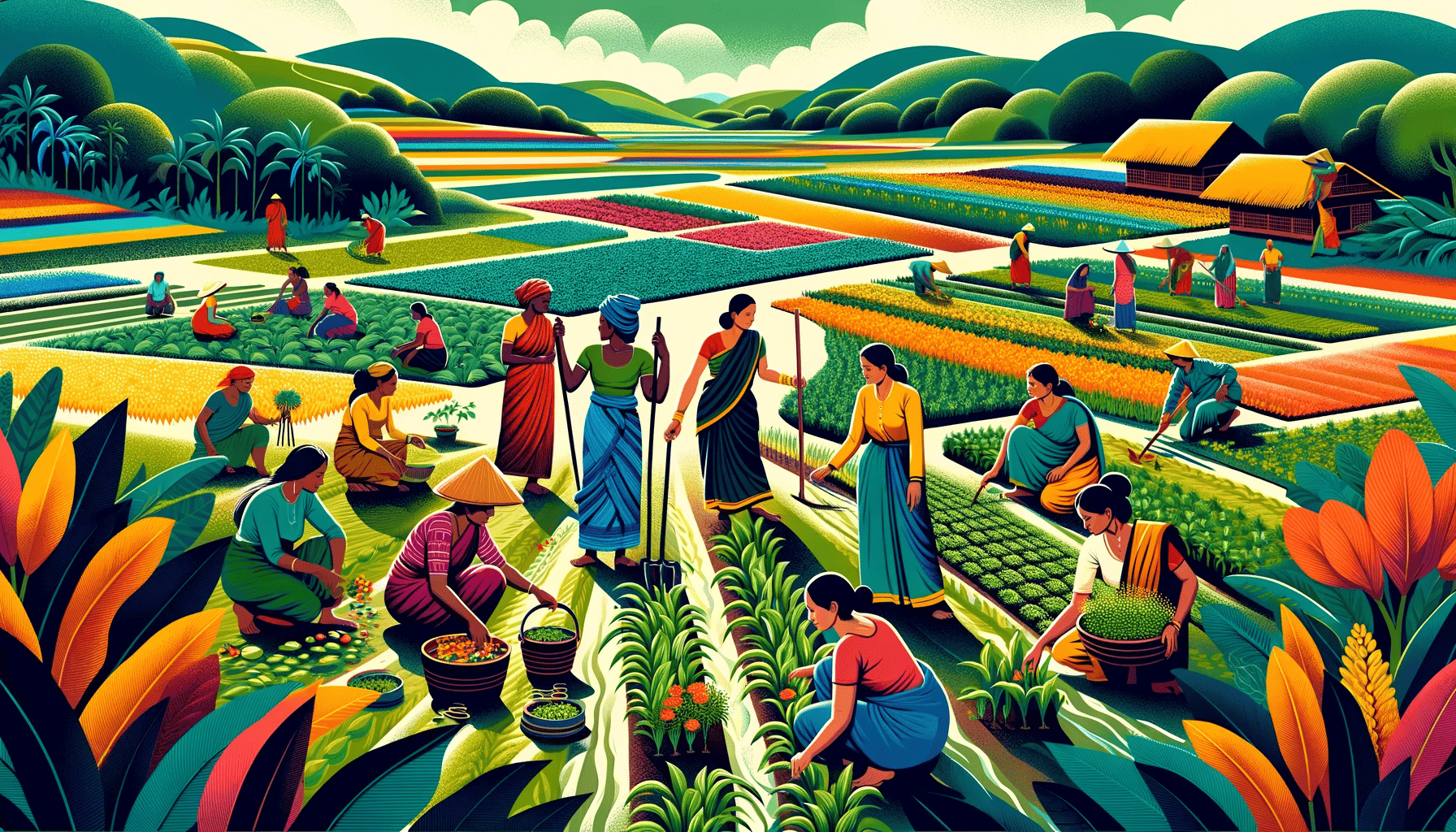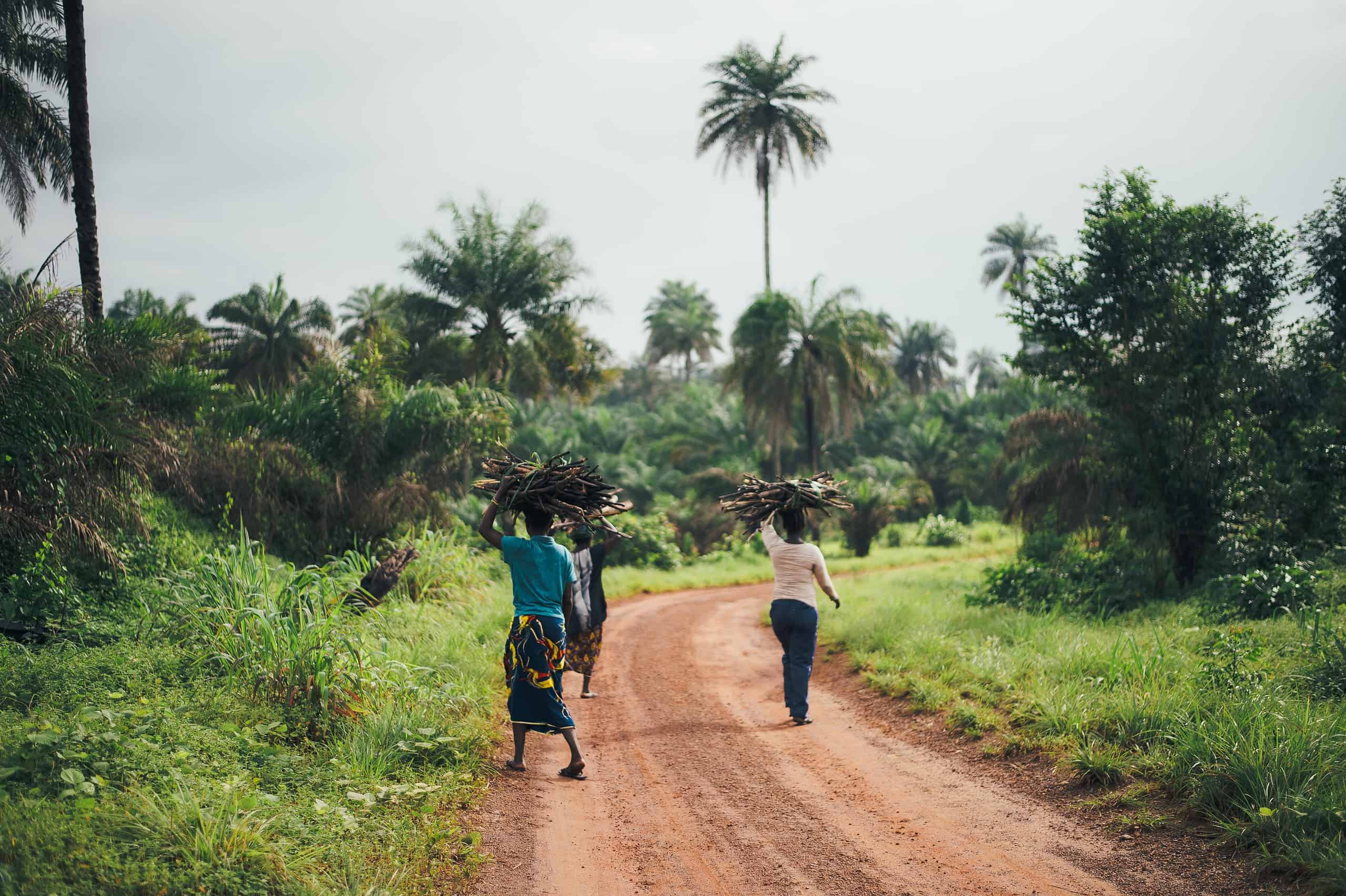
In agriculture, especially in low-income countries, women form a substantial part of the workforce. However, they often face significant barriers. Things like limited access to education, land, and economic resources make life more difficult for women in agriculture. Now, a new study shows that these barriers represent not only a social and equity problem but an environmental and food security problem as well.
As it turns out, empowering women makes for more diverse and healthier crops.
When women are empowered — through access to education, land, and economic resources — they bring diverse perspectives and innovative approaches to agriculture. In particular, they bring a wider variety of crops, including those rich in essential nutrients, which is better for human health and for the environment.
The global challenge of food security
The stability of global food systems and their capacity to feed the growing population has never been more important. Feeding 8 billion people is not easy. Having to deal with environmental pressures like climate change or soil erosion on top of that is even more difficult. However, one strategy to strengthen food system resilience and achieve global food security is bolstering farm-level crop diversity.
Crop diversity is crucial for several reasons. Different crops provide a variety of essential nutrients, vitamins, and minerals necessary for human health. In regions where diets are predominantly based on staple crops, introducing a greater variety of crops can significantly improve nutritional outcomes, combating malnutrition and related health issues.
Moreover, crop diversity is key to ecological resilience. A varied crop environment is less susceptible to pests, diseases, and environmental stresses like drought or extreme weather conditions. This biodiversity acts as a natural buffer, reducing the need for chemical pesticides and enhancing soil health, which is fundamental for sustainable agricultural practices.
It’s tempting to forego crop diversity in the short term and focus on the crop that’s most profitable now. However, crop diversity enhances the resilience and sustainability of agricultural systems and reduces the risk of crop failure, which is particularly important for small farmers.
Overall, 80% of farmers in the world are smallholders and many of them can benefit from this approach. This is why this study is so important, because the role of women, particularly in rural areas, is pivotal in this context.
Empowerment and crop diversity

The research was led by Kaela Connors, a PhD student at the University of Edinburgh, and dove into the associations between women’s empowerment and crop diversity in Burkina Faso, India, Malawi, and Tanzania.
The sample included 1,735 women from Burkina Faso, 4,450 women from India, 547 women from Malawi, and 574 women from Tanzania. The team’s approach involved interviews and rigorous statistical analysis, gauging the status of the women working in agriculture. The researchers used the Women’s Empowerment in Agriculture Index as a key metric. This index evaluates empowerment across five domains:
- input in productive decisions;
- asset ownership;
- control over credit use;
- leadership in the community;
- and time allocation for work.
The primary measure of crop diversity was the total count of food crops, with additional considerations for food groups and nutrient density.
The findings were illuminating. Greater women’s empowerment was linked to higher farm-level crop diversity among low-income agricultural households.
“Greater women’s empowerment was associated with higher farm-level crop diversity among low income agricultural households, suggesting that it could help enhance efforts to strengthen food system resilience,” the researchers highlight in the study.
There are several ways through which this happens:
- Positive Association: Households where women had greater input into productive decisions showed increased cultivation of food crops, a higher number of food groups, and more nutrient-dense crops.
- Community Involvement: Active participation in community groups by women was correlated with cultivating a higher number of food crops and food groups.
- Asset Ownership: In certain countries, women’s ownership of assets was associated with cultivating a higher number of food crops and food groups.
The study’s emphasis on not just the number of crops, but also the diversity in terms of nutritional value (like nutrient-dense crops) marks a significant shift in how we view agricultural productivity. It’s not just about growing more but growing smarter.
Empowerment is rarely straightforward

There are some limitations to the study. First, gender norms and local interpretations of empowerment are subjective and differ across contexts, translating to differences in measurement even when using standardized tools. Secondly, researchers were unable to measure
market access or crop sales income, which are important for diet quality and, in some cases, agricultural diversification. There’s also a lack of data on several other aspects that they wanted to investigate.
Nevertheless, the pooled results painted a consistent picture: women involved in decision-making, owning more assets, and actively participating in community groups were more likely to be part of households cultivating a diverse range of crops, including nutrient-dense ones. Interestingly, no consistent associations were observed regarding credit or workload.
But what does ’empowering’ really mean?
Empowerment in agriculture is not just about providing women with farming resources. It’s about nurturing their ability to make decisions, manage assets, and actively participate in community groups. These factors collectively contribute to a more diversified and resilient agricultural system.
The findings offer concrete areas for policy intervention:
- Promoting Women’s Agency in Agriculture: Policies should focus on enhancing women’s decision-making power and control over agricultural resources.
- Community Participation: Encouraging women’s active participation in community groups can have a ripple effect on agricultural diversity.
- Asset Ownership: Ensuring women’s access to and ownership of assets is crucial for diversifying cropping systems.
The study by Connors and her team is a clarion call for action. It provides compelling evidence that empowering women is not just a moral imperative. It is a practical strategy for enhancing agricultural productivity and sustainability. As the world grapples with the challenges of food security and climate change, prioritizing gender equity in agriculture emerges as a crucial piece of the puzzle.
To feed the world, we need the best possible agriculture practices we can get. This study shows one of the ways in which we can achieve this.
The study was published in the journal Lancet Planetary Health.


